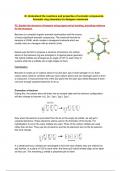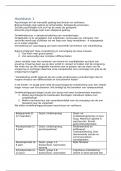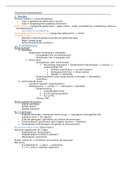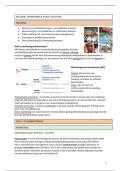Essay
BTEC Applied Science: Unit 14 learning aim B
- Vak
- Instelling
BTEC applied science: unit 14 learning aim B: Understand the reactions and properties of aromatic compounds. Distinction grade title: Aromatic ring chemistry for designer chemicals contains: B.P2 Explain the structure of benzene using sigma and pi bonding, providing evidence for the structur...
[Meer zien]












